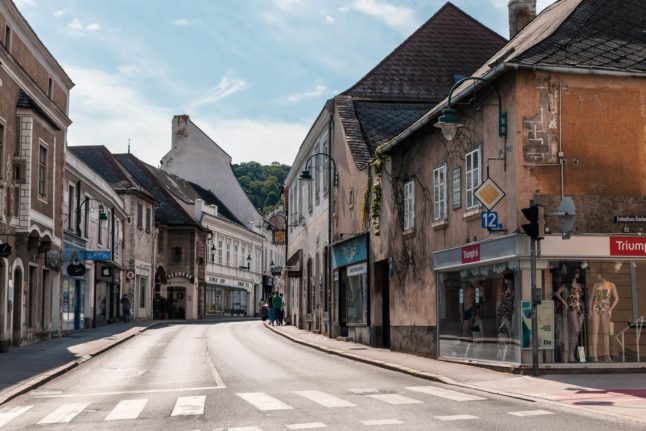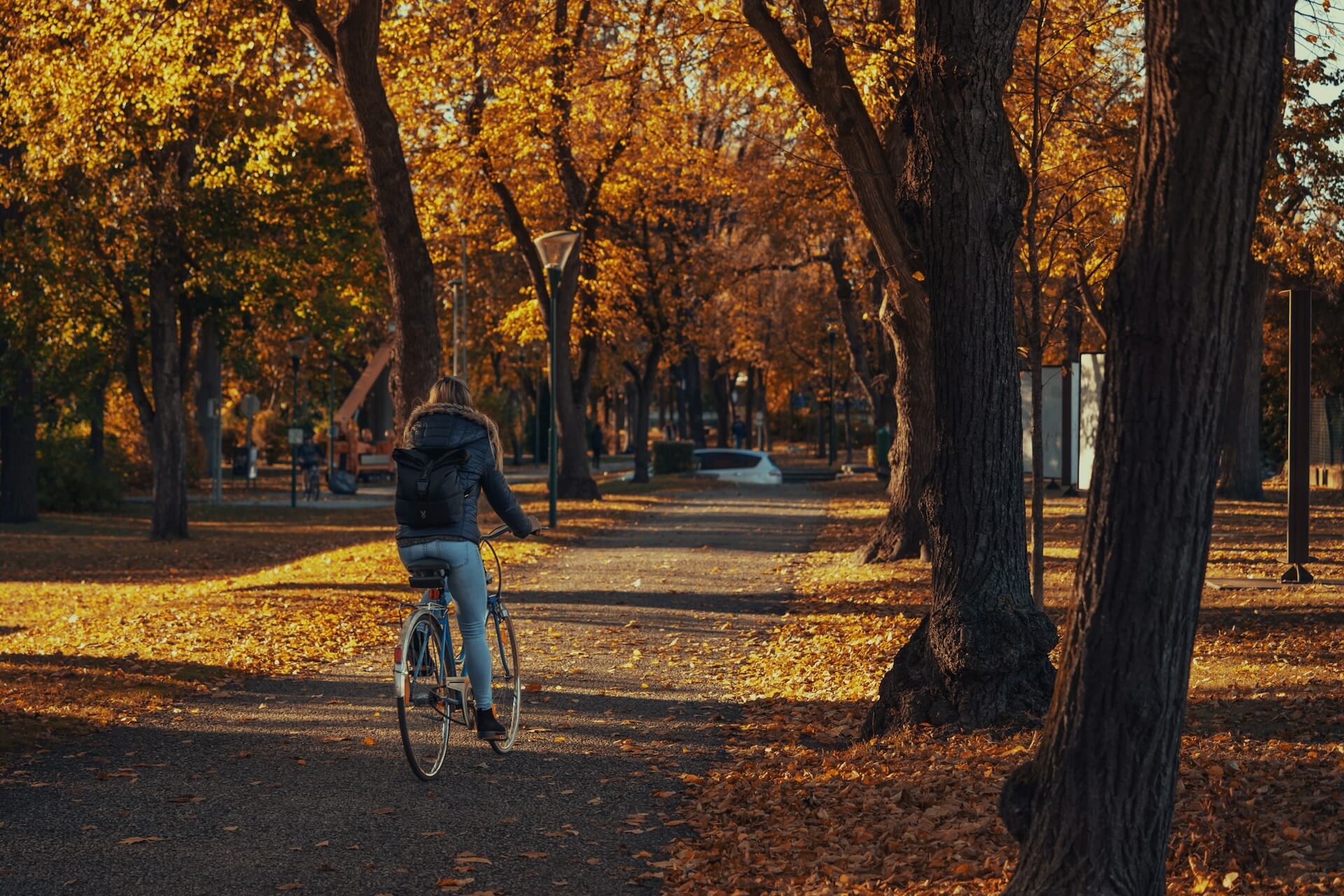To stay focused, perform better, and feel happy while working, it is necessary to be able to take breaks. In Austria, the law enforces breaks during a regular workday.
If you work more than six hours a day, you are entitled to a half-hour break. If you work a maximum of six hours a day, you are not entitled to a break.
“In the interests of the employees or if it is operationally necessary, there may be two breaks of 15 minutes each or three breaks of 10 minutes each instead of the half-hour break”, according to Austria’s Chamber of Labour.
Your collective agreement or employment contract might also offer other break regulations. In fact, at some workplaces, you can take a one—to two-hour lunch break. It can be a good idea to communicate your preferences to your employers and see if they are flexible.

Do you get paid during your breaks?
According to the law, only the work hours are paid for, not the time spent on breaks. However, works councils can sometimes negotiate for improved regulations, and certain exceptions exist, such as in cases of continuous multi-shift work, when shorter breaks are sometimes allowed and part of the paid working hours.
Paid breaks also apply to pregnant women and employees who constantly work in front of computer screens. They are sometimes enforced when work is particularly hard or when an employee needs them due to health concerns.
Do employers need to offer a common room?
A common room must be provided in a workplace if more than 12 people regularly work together. Additionally, if an employee spends more than two hours a day working outdoors or if the work area is too noisy or uncomfortable, a common room is also necessary.
Each employee in Austria is entitled to at least 3.5 square meters of free space and 1 square meter of floor area. The common room must be at least 2.5 meters tall and should not be colder than 21°C. It also needs to provide the possibility to heat up food and keep it cold in a fridge.
Additionally, there should be enough tables and chairs, with the chairs having backrests.
READ NEXT: Taxes in Austria: The changes you should be aware of this season








 Please whitelist us to continue reading.
Please whitelist us to continue reading.
Member comments